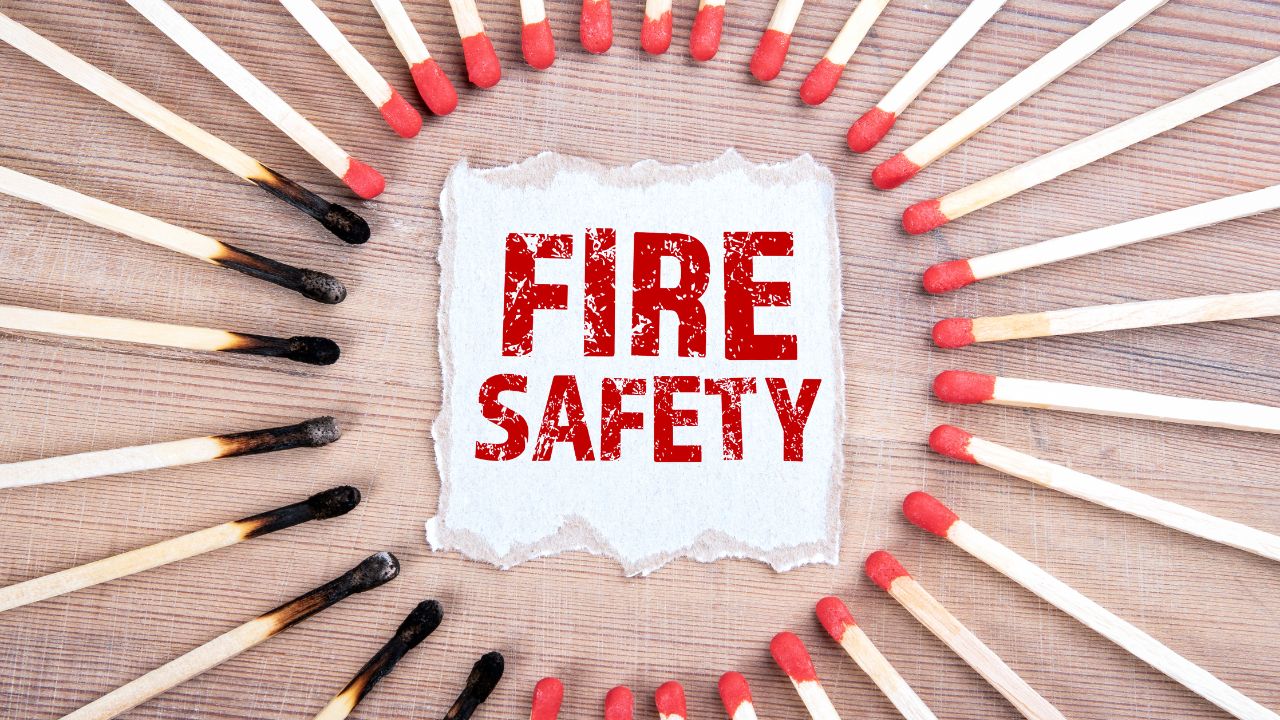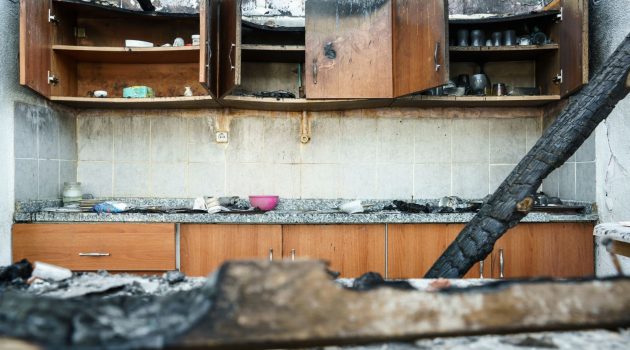Fire safety is essential for everyone, and taking precautions to prevent fires at home can go a long way in keeping you and your loved ones safe.
As a homeowner, you must be mindful of potential fire hazards and follow best practices to minimize the risk of fires in your home.
This article will discuss some crucial fire safety tips to help you maintain a safe and comfortable living environment.
By implementing and practicing these fire safety measures, you can reduce the risk of fires and keep your family protected.
Keep reading to learn about fire safety tips and maintaining a secure home environment.
1. Fit a Fire Alarm and Test It Regularly
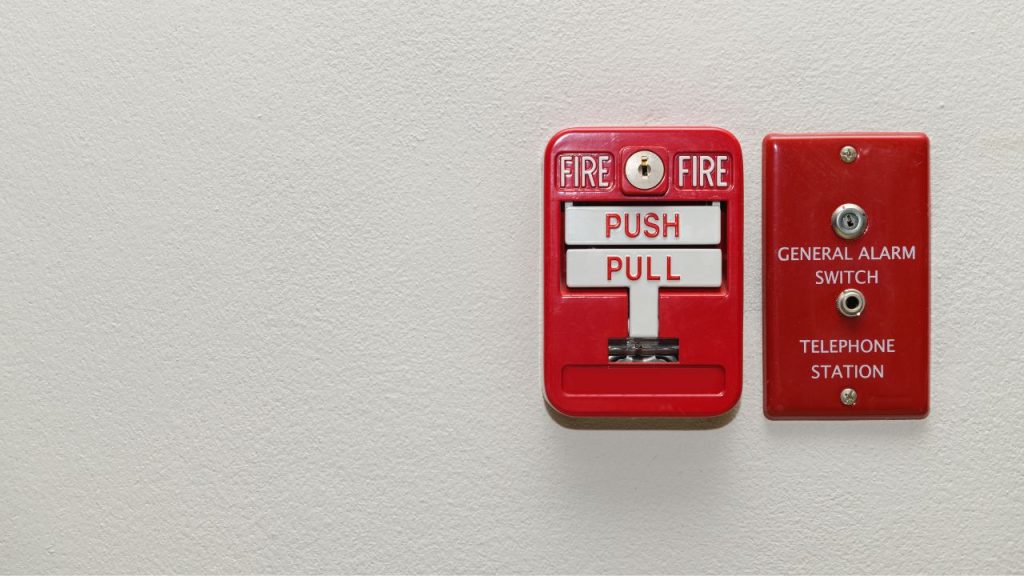
Having a fire alarm in your home is crucial for ensuring you and your family’s safety.
Installing smoke alarms on every level of your home, including inside and outside sleeping areas is important.
This will help to alert you in case of a fire, giving you an early warning and increasing the chances of escaping safely.
To keep your fire alarm functioning efficiently, test it regularly, preferably every month. This can be done by pressing the test button on the device.
You’ll hear the alarm sound if it’s functioning correctly. If you don’t hear any sound or if the sound is weak, it may be time to replace the batteries or the entire unit.
Remember to replace the batteries in your smoke alarms at least once a year.
Some devices are designed with a low-battery warning, which will beep intermittently when the batteries need to be replaced.
However, proactively checking and replacing batteries is still a good idea, ensuring your fire alarm remains effective.
2. Develop a Comprehensive Fire Escape Plan
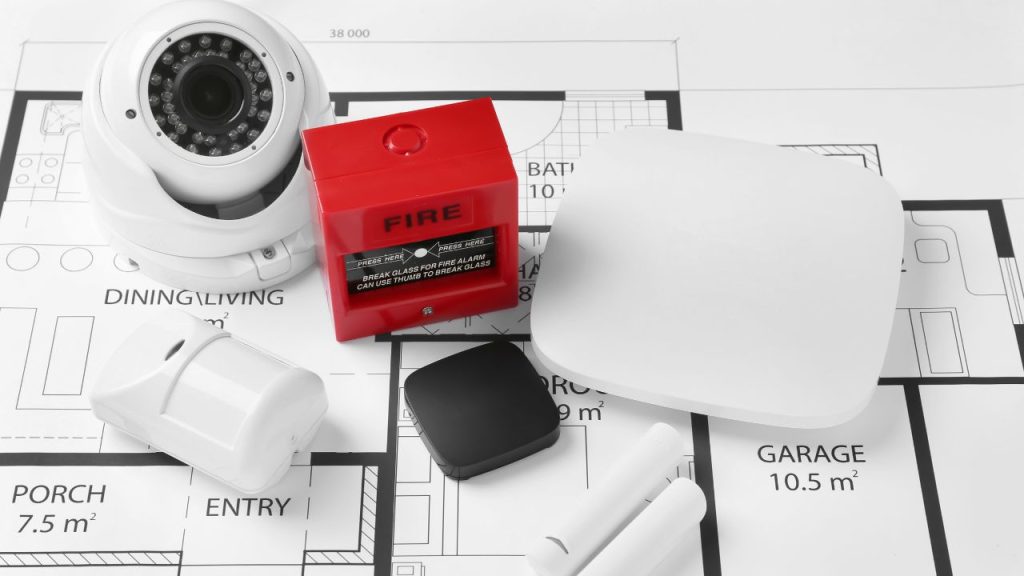
A well-designed fire escape plan ensures you and your family’s safety during a fire.
Creating a comprehensive plan involves considering multiple exit routes from each room of your home and regularly practicing fire drills.
Here’s a step-by-step guide to help you develop your fire escape plan:
- First, take a walk through your home and identify the possible escape routes from every room. Make sure there are at least two exits – this could be a door and a window. Ensure that these exits are functional, unblocked, and easy to access.
- Next, create a floor plan of your home by sketching it out on a piece of paper or using an online tool. Mark the locations of the exits, smoke alarms, and any fire extinguishers on this plan. Smoke alarms should ideally be installed on every level of your home and in each bedroom.
- Once you have your floor plan, gather your family and discuss the fire escape plan. Assign responsibilities such as waking up other family members, assisting elderly or disabled relatives, and gathering pets. Ensure everyone understands the importance of leaving personal belongings behind and focusing on safety.
During your discussion, emphasize the role of smoke alarms in early fire detection.
Teach your family members to react quickly when they hear the alarm, and remind them to stay low and crawl if there’s smoke in the air.
Regularly practice your fire escape plan with the whole family, ideally twice a year. This will help everyone become familiar with the routes and know what to do in a real emergency.
3. Stay in the Kitchen

When you’re cooking at home, it’s important to stay in the kitchen and keep a watchful eye on your stove or oven. This simple act can significantly reduce the risk of accidental fires.
Remember, unattended cooking is one of the leading causes of kitchen fires.
Flammable items can easily catch fire if they’re too close to the cooking area. To avoid this hazard, keep items such as dish towels, paper towels, and curtains safe from the stove or oven.
Keeping your cooking area clean and free from clutter is also a good idea, as this helps minimize the chances of fire spreading.
While cooking, keep the following tips in mind to ensure safety:
- If you need to leave the room, even for a brief moment, turn off the stove or oven.
- Keep pot and pan handles turned towards the back of the stove to prevent them from being accidentally bumped or knocked over.
- Keep a pan lid or baking sheet nearby to smother any small fires.
- Never use water to extinguish a grease fire, as this can cause the fire to spread rapidly. Instead, use a fire extinguisher, baking soda, or a pan lid to smother the flames.
4. Safely Operate Your Appliances
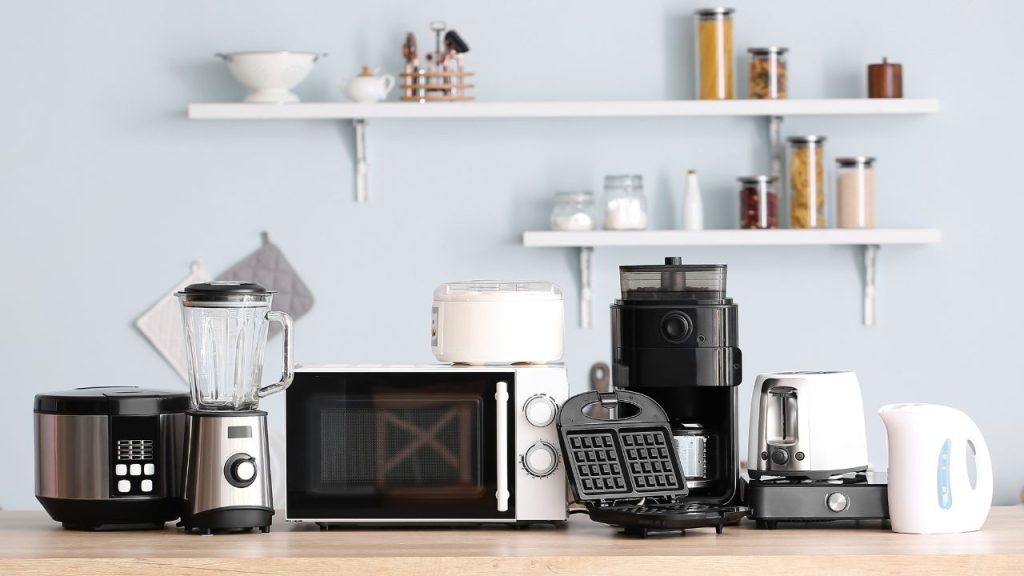
Keeping your home safe from potential fire hazards is essential, and one critical area to focus on is properly operating your appliances.
Following simple tips can reduce the fire risk and ensure your appliances function efficiently and safely.
- First, inspecting your appliances and cords regularly for any signs of damage is important. Damaged cords or appliances can pose a significant fire risk, so be sure to replace them if necessary. It’s also a good idea to unplug appliances when not in use, as this can help conserve energy while reducing the fire risk.
- Overloading electrical outlets can be a common cause of fires in the home. To avoid this, plug only a few appliances into one outlet, and consider using a power strip with built-in surge protection if additional outlets are needed. Keep an eye on outlets, ensuring they remain cool to the touch and free from damage.
- Be mindful of the placement of your appliances. Keeping them away from flammable materials and ensuring proper ventilation can significantly decrease the fire risk. For example, avoid pressing your refrigerator or other major appliances against walls. Giving them space will allow for better airflow and reduce the risk of overheating.
By following these friendly tips, you will contribute to creating a safer environment in your home.
Remember, prevention is key, and ensuring your appliances operate safely will go a long way in avoiding potential fire hazards.
5. Give Space Heaters Space
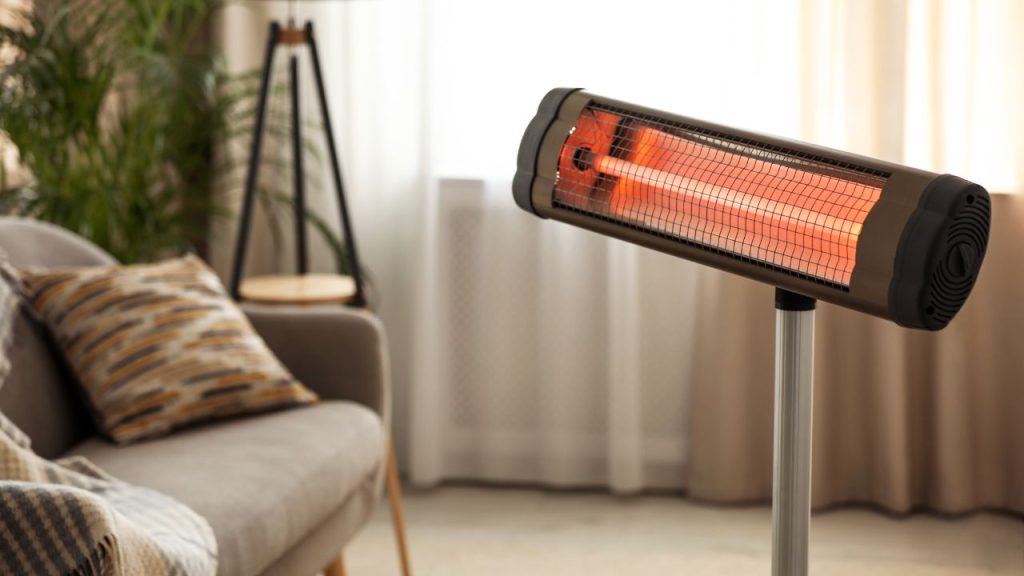
As winter approaches, it’s essential to prioritize safety when using space heaters. Keep your space heaters at least three feet away from flammable objects to prevent fire hazards.
This distance helps reduce the chance of fires igniting due to the proximity of heat sources and materials that can easily catch fire.
Regularly checking and maintaining your heating system also plays a crucial role in ensuring safety. Make it a habit to turn off your space heaters when you leave the room or go to sleep.
This simple step can significantly reduce the risk of potential accidents occurring while you’re not around.
Remember that extra caution can go a long way in keeping your home warm, cozy, and safe during the colder months.
So, follow these friendly reminders when using space heaters, and enjoy a comfortable winter season.
6. Safe Smoking Practices
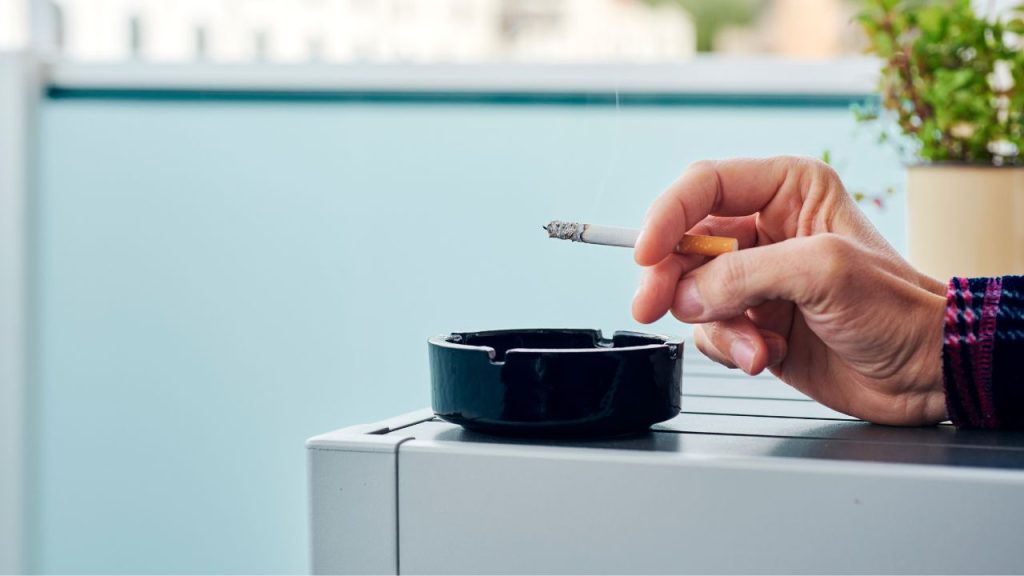
Taking precautions while smoking at home is essential to prevent potential fires.
Here are some friendly tips to ensure that you stay safe and maintain fire safety in your home:
- First, always smoke outside. This not only keeps your home free from secondhand smoke but also reduces the risk of fires caused by cigarettes. When outside, use a deep, sturdy ashtray to prevent stray ashes or embers from igniting nearby materials.
- It’s important to ensure that cigarettes and ashes are completely extinguished before disposal. Dousing them with water is an effective way to ensure they are no longer a fire hazard. Once you have ensured they are out, you can safely dispose of them in a trash receptacle.
- Avoid smoking in bed or other areas where you may fall asleep, as this increases the fire risk if the cigarette is not extinguished correctly. Sometimes, medication can cause drowsiness, so be extra cautious and avoid smoking after taking any medicines that make you tired.
- Keep smoking materials, such as lighters and matches, out of reach of children. Store these items in a locked cabinet or at a height children cannot access. This not only promotes fire safety but also protects children from potentially harming themselves.
By following these safe smoking practices, you can significantly reduce the fire risk in your home while still responsibly enjoying your smoking routine.
7. Prioritize Electrical Safety
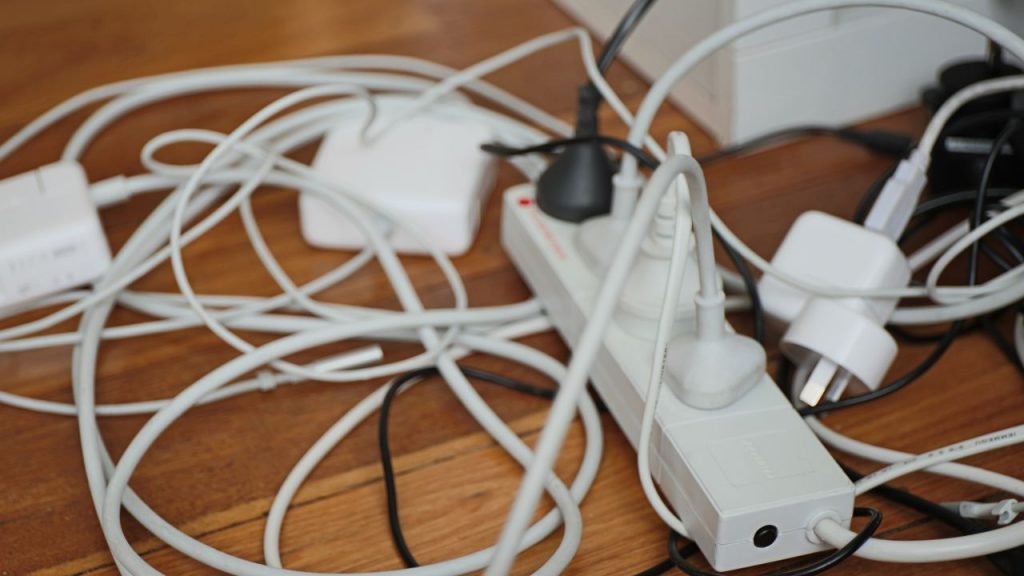
Taking electrical safety seriously is key to preventing home fires. Remember, keeping a close eye on the condition of your electrical cords and devices is essential.
Always replace frayed or damaged electrical cords as soon as possible. Ensuring them in safe spaces, away from rugs or furniture, will help reduce the risk of fires caused by damaged cords.
In addition to maintaining your electrical cords, surge protectors are a great way to safeguard your home from electrical overloads.
Connecting multiple devices to a surge protector ensures that your appliances won’t draw too much power and create risky situations.
When it comes to electrical outlets, never plug in more than one device per receptacle, as this can lead to overloaded circuits.
Also, paying attention to the wattage of light bulbs and appliances is crucial to prevent electrical fires.
Remember, electrical safety should be a priority in your home.
READ MORE: The Most Common Electrical Problems And How To Fix Them
8. Store Flammable Materials Safely
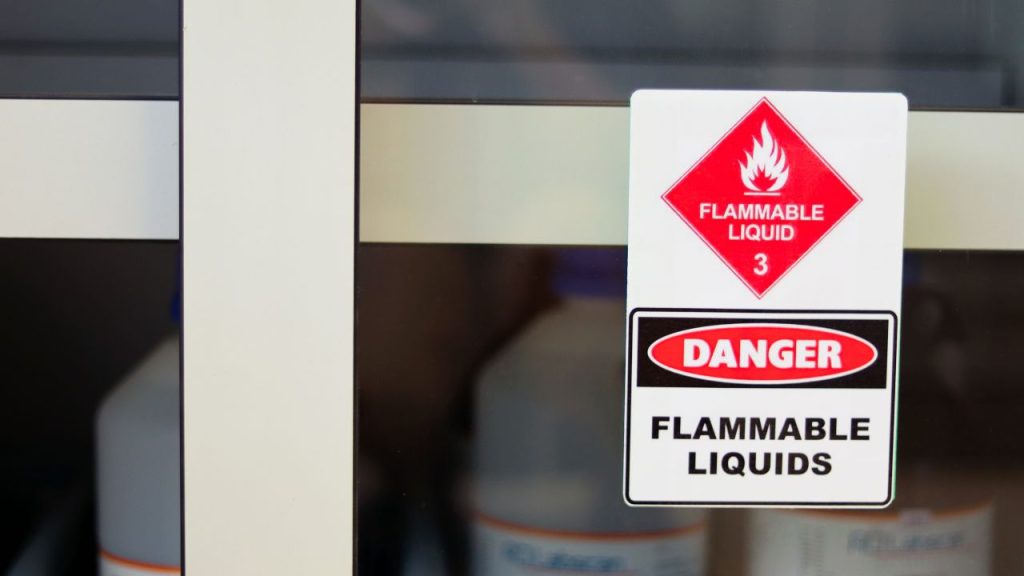
It’s important to familiarize yourself with the items in your home that can pose a fire risk and take necessary precautions to store them safely.
Flammable liquids such as gasoline, paint, and cleaning products should be stored in a well-ventilated area away from heat sources like furnaces, water heaters, or direct sunlight.
This reduces the chances of fumes building up and accidentally igniting.
Always keep these items in their original containers. Please resist the temptation to transfer or consolidate them to other containers, as this could lead to dangerous reactions or leaks.
Their original containers are explicitly designed to hold these dangerous materials and often have important safety information such as chemical composition, hazard warnings, and handling instructions.
It’s crucial to ensure flammable materials are stored out of reach of children and pets. Cabinets that can be locked or have childproof latches on them are recommended.
This way, curious little ones are less likely to come across and accidentally open these hazardous items.
9. Educate Your Family About Fire Safety
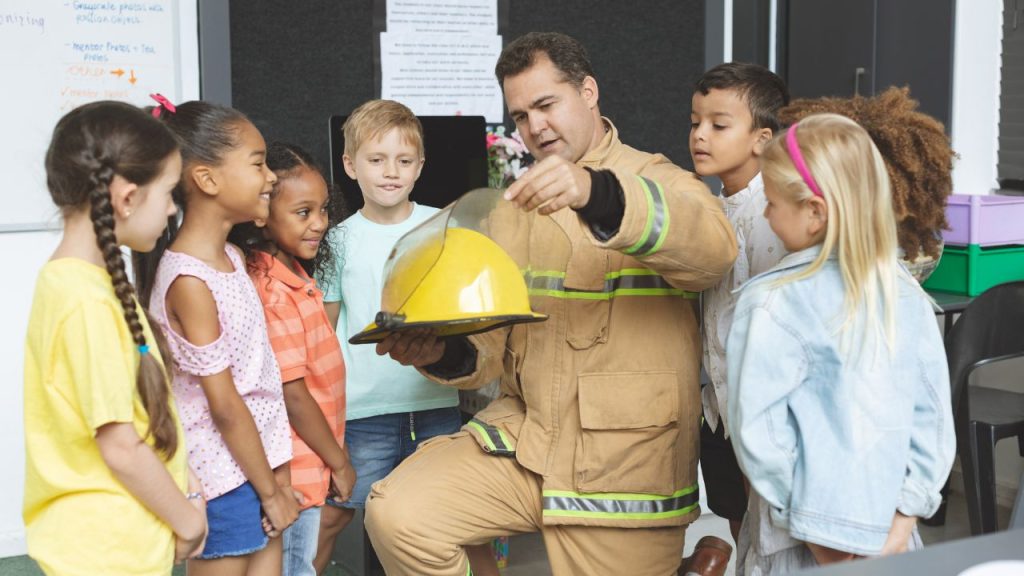
One of the most important aspects of fire safety is ensuring that your entire family, especially children, are well-informed and confident in their knowledge.
Start by teaching your kids how to dial emergency services by calling 911 when there’s a fire or any other emergency.
Make it a point to emphasize that playing with fire is dangerous and can significantly harm people and property.
Familiarize your family with the various aspects of fire safety by practicing fire drills and discussing escape routes.
Ensure everyone knows at least two ways to exit each room in the house in case an emergency occurs.
Additionally, it’s essential to teach kids the importance of getting low to the ground and crawling to avoid inhaling smoke.
Encourage your children to ask questions and engage in conversations about fire safety, as this will help them feel more comfortable discussing any concerns they may have.
This open dialogue can lead to a stronger understanding of how to act in emergencies and a safer home environment for everyone.
10. Create Indoor Maps for Fire Departments
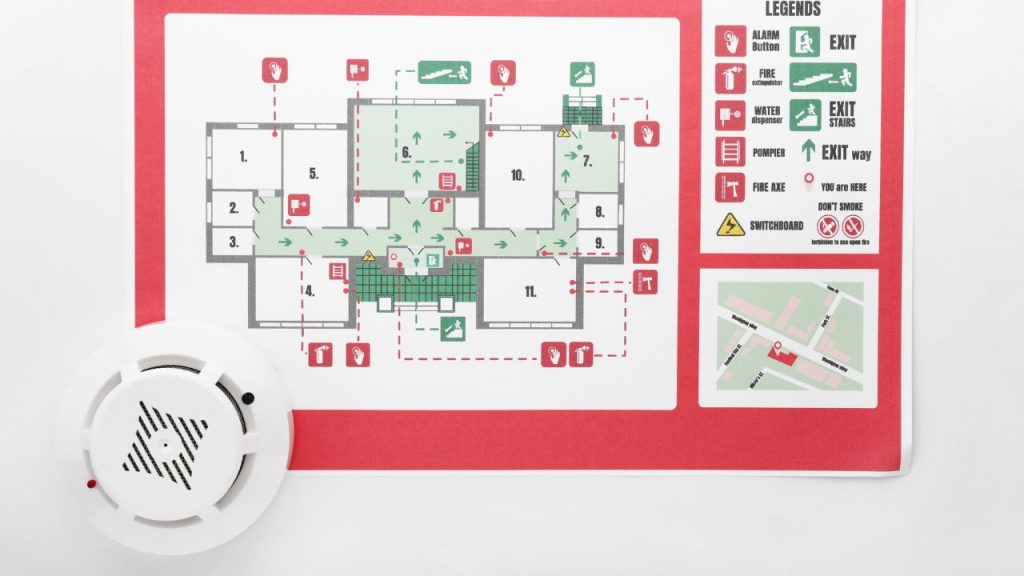
Creating indoor maps for fire departments is crucial in ensuring effective emergency response operations at your home.
By providing detailed floor plans and information about your building layout, you give firefighters the necessary tools to navigate your home faster and more efficiently, saving valuable time during critical situations.
To create these indoor maps, start by sketching your home’s floor plan, including all rooms, hallways, doors, and windows.
Mark your home’s main shutoffs for gas, water, electricity, and other essential safety features, such as fire extinguishers, smoke detectors, and escape routes.
It’s also important to note any obstacles or unique features firefighters may encounter during their response, such as staircases, basements, or attic access points.
After mapping out your home’s layout, consider using GPS-based navigation systems to enhance the accuracy and usefulness of your indoor maps.
This can help fire departments pinpoint specific locations quickly, allowing them to reach those in need even faster.
Remember to keep your indoor maps up-to-date and share them with your household members and local fire department.
In addition, consider making multiple copies of the maps to keep in your home and with trusted neighbors or family members who live nearby.
By taking the time to create indoor maps for fire departments, you are not only improving their emergency response capabilities, but you are also contributing to the overall safety of your home and loved ones.
